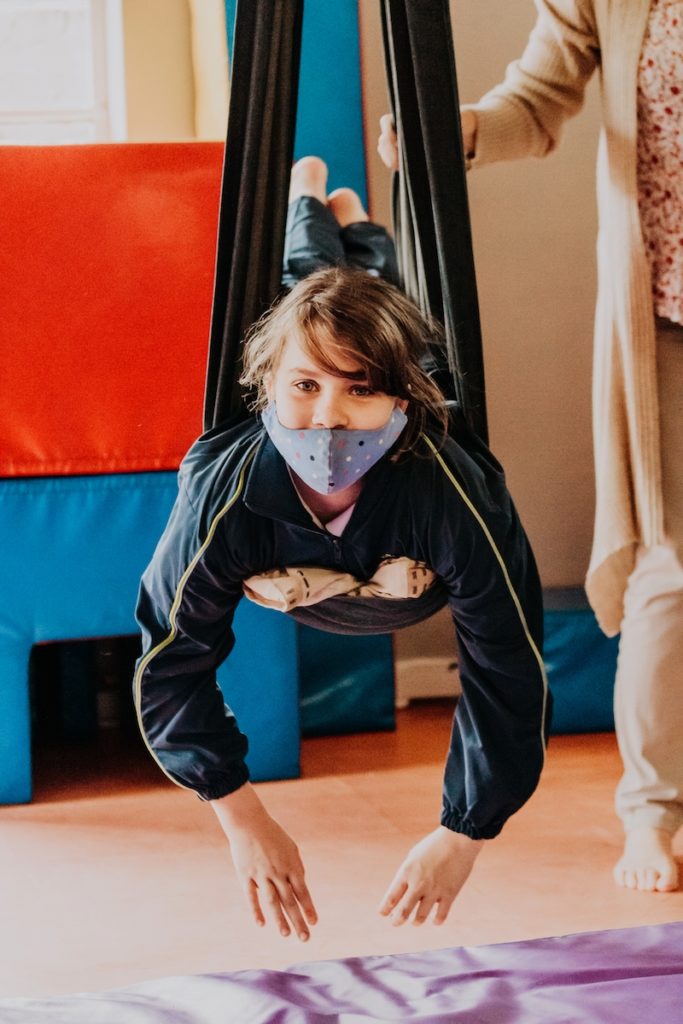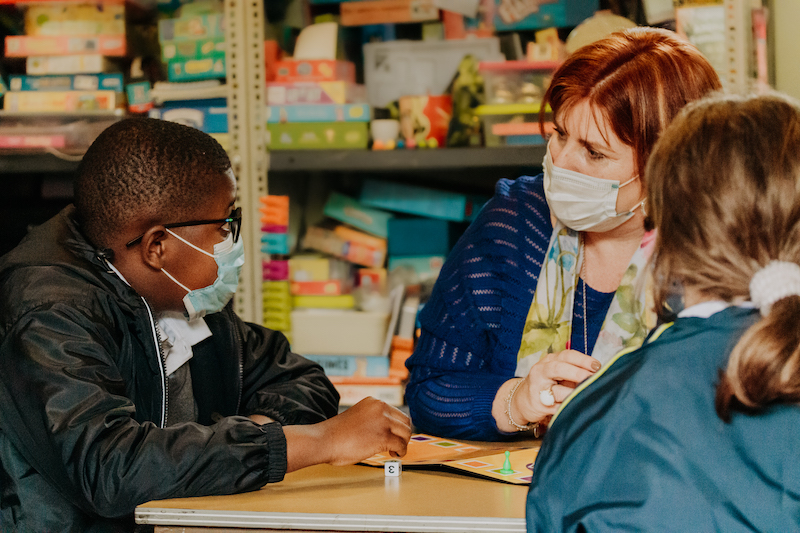Autism, is currently referred to as Autism Spectrum Disorder (ASD) although people with ASD themselves consider Autism a neurodiversity rather than a disorder. Almost 2% of the world’s population is diagnosed as being on the Autistic spectrum. “Spectrum” because some people appear to be mildly affected and others profoundly so. Since each person is an individual and presents differently, the diagnostic process involves a number of professional assessments to identify strengths and areas of difficulty.
Neurodiversity is not anyone’s fault and the causes of Autism are continuously being researched. There is no link whatsoever with vaccine treatments and the diagnosis of ASD. There does appear to be a genetic link, but the genes are not necessarily passed down from parents, since some genetic differences occur spontaneously.
Autism can be understood from a medical perspective, as a condition with symptoms that can be improved but not cured, or from a more relevant social perspective, as an alternate way in which the world is experienced. It is not a sign that a person is ‘stupid’, defiant, sick, selfish, crazy, flawed or weird. All people are unique and that is why there are a number of professionals involved in the diagnosis.
Paediatricians are perfectly positioned to follow a child’s developmental progress and although Autism isn’t fixed and changes over time, they may be the first professionals who detect neurodiversity in a child. Often paediatricians will refer their patients to other professionals if they detect a difference or delay in the child’s development. Parents can be overwhelmed by the process and feel isolated, but it’s important to remember that this team of professionals is there to support the entire family. Parents may also benefit from speaking to other parents in similar situations.
A psychiatrist may assist with high levels of anxiety, attention difficulties, poor sleeping patterns, worries and extreme emotional fluctuations commonly experienced in Autism. There is no medical cure for Autism however prescribed medication is often helpful in reducing these difficulties. A psychiatrist will often refer their patients with Autism to a psychologist, to facilitate an understanding of Autism with the whole family and assist them to address difficulties with acceptance, emotional responses, behaviour and self-expression. People with Autism DO feel emotion and empathy but may battle to communicate those feelings. Psychologists are often also responsible for administering educational testing, to determine existing academic levels and potentials, for correct school placement. Success at school is largely dependent on the learner’s innate cognitive ability boosted by a support team and up-skilled educators.
People with Autism often experience the sensory information in their environments differently to the way in which neurotypical people do. This has an impact on the way they behave in different environments and situations, as well as on their emotional resilience and well-being. This is why extremely picky eating; a strong need for predictability and structure; and specific skill sets and interests are often associated with Autism. Occupational therapists are a vital element in the team supporting children with Autism in this regard. The way in which sensory information is processed can fluctuate throughout the day, as well as from one situation to the next. Common responses for children with Autism include either “shutting down” and withdrawing from or avoiding engagement, or “melting down” and having temper tantrums or emotional outbursts and parents and teachers should understand and support this necessary ‘escape’. Neither of these is misbehaviour, but rather an instinctive response to the environment and the way in which sensory stimuli are being perceived. e.g. in a noisy chaotic place, noise reducing earphones may minimise the overload

The use of Ayres Sensory Integration® in occupational therapy sessions goes a long way to helping children and adults with their ability to process the sensory information in their environments, thereby facilitating optimal function in daily activities whether they be daily hygiene activities, learning/work activities and/or social activities.
A visual schedule at home and school is helpful for the child to anticipate what is coming during the day since people with Autism like predictability and structure and are thrown by unexpected changes in their routine. Occupational therapists can also provide support with motor and visual-perceptual development should this be required.

Communication is another significant aspect to consider in the diagnosis of Autism. A speech therapist will support the development of communication skills for developing and maintaining relationships.

Often more subtle aspects of communication are missed by a communication partner with Autism e.g sarcasm, facial expression, body language and tone of voice, leaving the person with ASD confused and excluded. While they may be able to define sarcasm for example, they may not realise when it is being used. Parents and teachers may need to point out social cues that have been missed.
Fluctuating auditory perception and difficulty starting, maintaining and following a conversation can lead to communication breakdown. This is not necessarily related to the child’s understanding of the topic of conversation so rewording may be necessary. Learners with Autism favour facts and brevity over figurative and inferential information, impacting on academic comprehension and output, and social interaction. People with Autism are not deliberately rude but are to the point, often without an awareness of how their communication is perceived so it may be beneficial to discuss the effect of their own communication on others.
Social norms are not always innate in neurodivergent children and adults. They may incessantly discuss a subject of their own interest and pay no attention to their conversation partner’s interest or disinterest in what is being said. Reciprocity in conversation may also be limited, leaving the listener with a sense of frustration and annoyance, shutting down opportunities for socialisation and relationship building. A speech therapist would encourage awareness and understanding of communication behaviours to minimise linguistic, social and emotional misunderstandings.

Academic support teachers are the touchstone between learners with Autism, their specialist team and the school setting. They facilitate recommendations from the team to the school and vice versa to maximise the learning potential and happiness of the child.

Parents should be informed of academic accommodations available to their child at school. A support team is essential because although Autism is more easily understood in pieces, the puzzle pieces need to be put together to make the unique picture of each child.
Learners with Autism and their families are often the loudest advocates for Neurodiversity. Each individual with unique skills and challenges has their own needs and adaptations necessary for a happy and fulfilling life and should be recognised as a significant voice in the team of people invested in destigmatising Autism.
Glenoaks School and Oak House Vocational Academy
Julia Hutcheon (Occupational Therapist)
Dana Altini (Speech Language Therapist)
- When to Push My Child and When to Step Back - March 18, 2024
- Benefits of Including STEM into the Classroom - March 5, 2024
- The Role of Parents in the Education of Special Needs Children and Fostering a Collaborative Approach - February 21, 2024






1 thought on “The puzzle that is Autism”
This article on the puzzle that is autism provides a thoughtful perspective on parenting and understanding autism. The insights and experiences shared in the article are valuable for anyone seeking to better comprehend and support individuals with autism. Thanks for sharing this insightful piece!